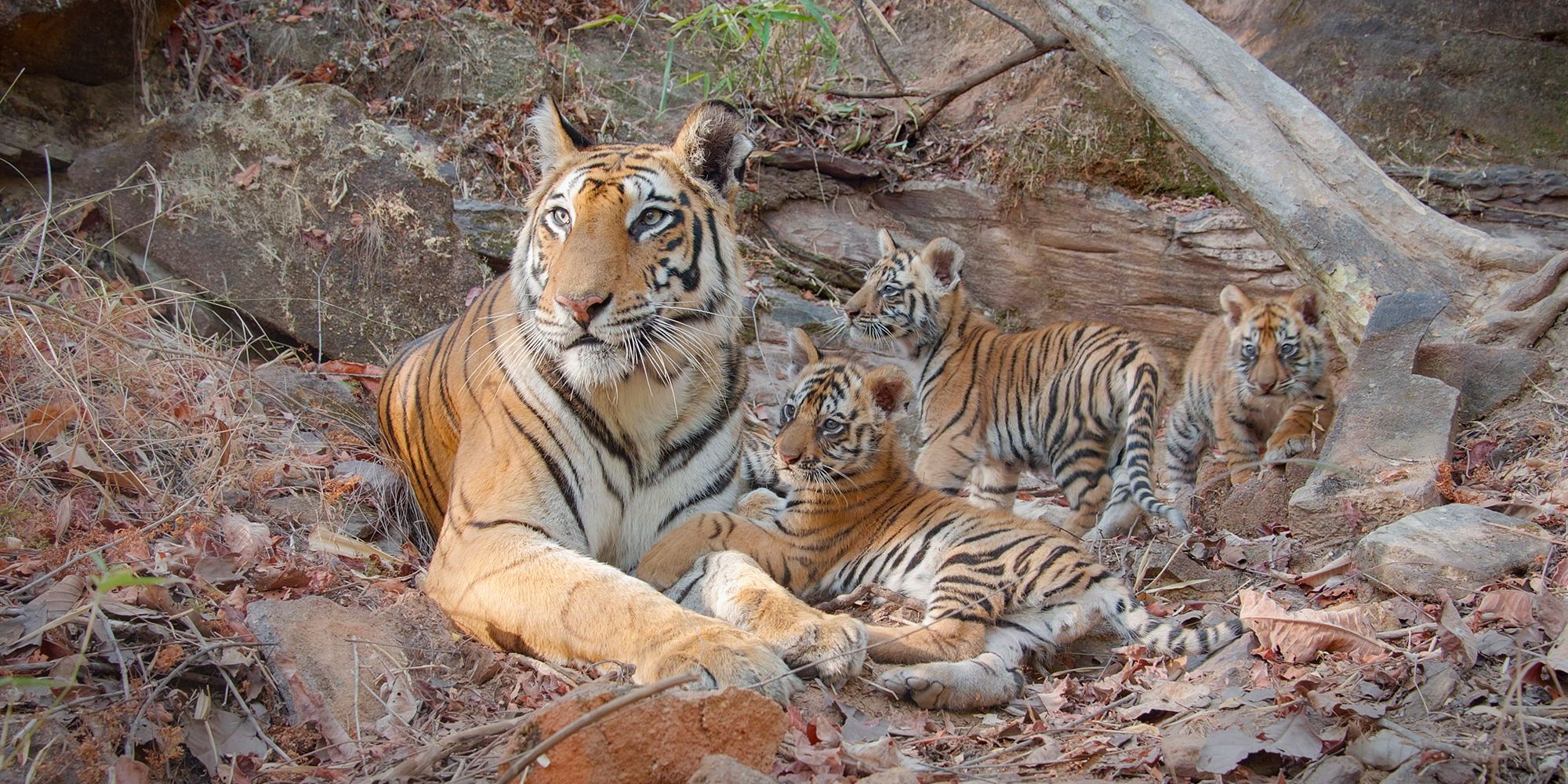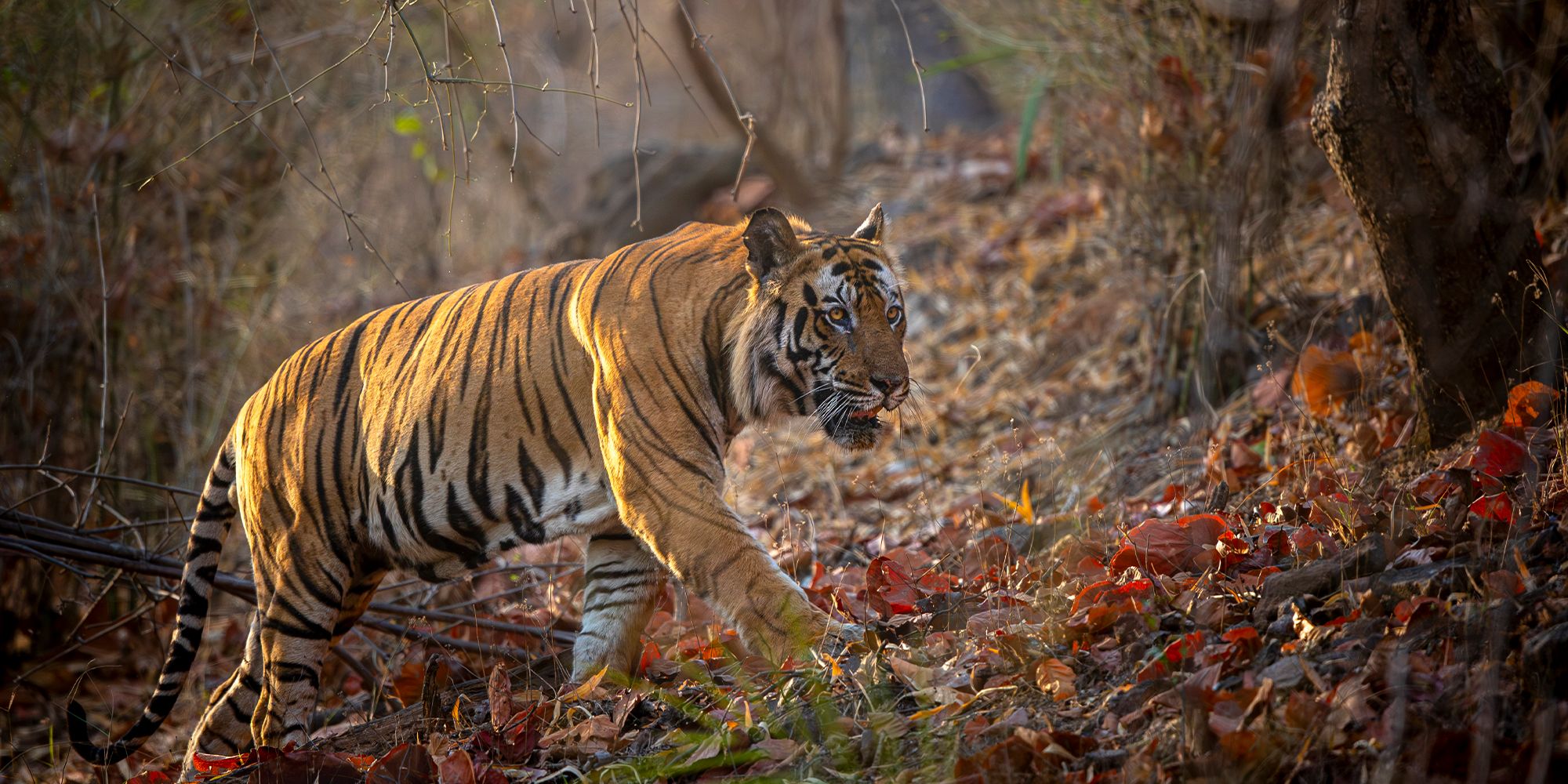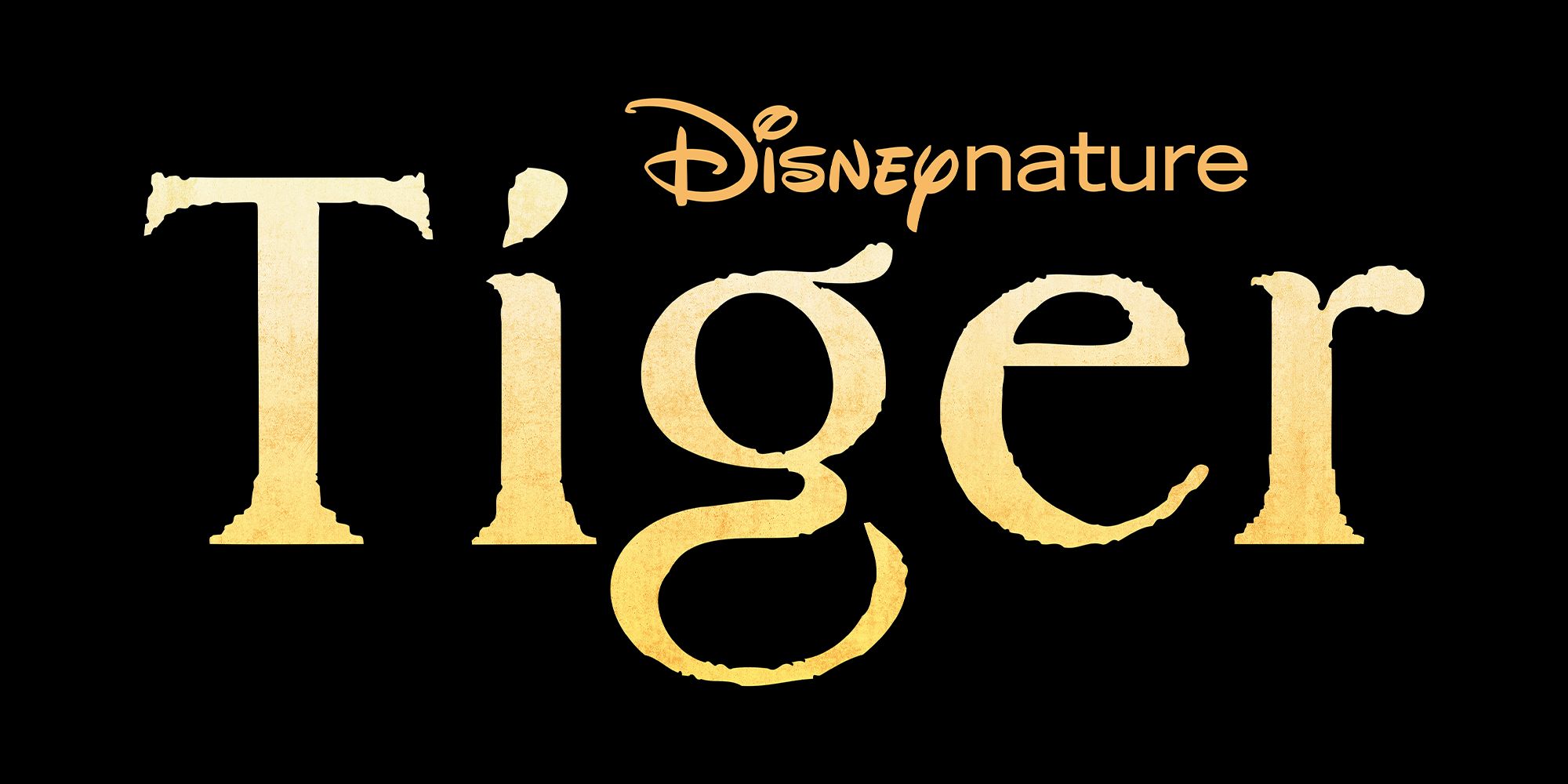Summary
- Screen Rant
interviews
Tiger
director Mark Linfield and co-director Vanessa Berlowitz about their work on the Disneynature documentary. - Tiger
is the result of 1,500 days of filming spent capture never-before-seen tiger behaviors. - Using advanced technology, the filmmakers got intimate footage of tigers without influencing their natural behavior.
Tiger is a new documentary from Disneynature coming to Disney+ on Earth Day alongside a companion documentary about its making called Tigers on the Rise. Like other Disneynature documentaries such as Elephant, Tiger’s story centers on a single family of the big cats as they grow, navigate complicated relationships, and survive in the forests of India. The 90-minute documentary was narrated by Priyanka Chopra Jonas.
The Disneynature documentary was directed by Mark Linfield and co-directed by Vanessa Berlowitz and Rob Sullivan, the latter of which also helmed Tigers on the Rise. Together, the three directors spent 1,500 days filming, often finding themselves at odds with the enigmatic nature of the tigers themselves. Thanks to their efforts, viewers can watch never-before-documented behaviors and watch young cubs grow into competent adults.
The 10 Best National Geographic “Exploring Our World” Documentaries On Disney+
National Geographic has many documentaries about the planet on the Disney+ platform. These are the best “Exploring Our World” docs to check out now.
Screen Rant interviewed Tiger director Mark Linfield and co-director Vanessa Berlowitz. Linfield and Berlowitz explained why filming tigers is so difficult, revealed some of their favorite moments caught on camera, and more.
Mark Linfield & Vanessa Berlowitz On The Massive Undertaking Of Making Tiger
The best nature documentaries take time to make, but Tiger is the result of years of work. Linfield, Berlowitz, and Sullivan were at the mercy of the personalities of the animals they hoped to capture on film, and any cat owner can easily imagine how fickle a tiger can be. Linfield and Berlowitz discussed the fortitude and acuity required to document unforgettable moments:
Vanessa Berlowitz: You watch this film [and] you think it’s back-to-back tiger action when you’re in a tiger park, but literally, you can drive around for weeks and not see a tiger.
Mark Linfield: It’s very much up and down, and the downs can be very down and very long. Then, suddenly, something completely magical will happen. Part of the psyche of these A-list wildlife camera people that we use is [that] they understand that if they allow their heads to drop and they’re not constantly believing that, in one minute’s time, something incredible could happen, when it does finally happen, they’ll miss it.
Vanessa Berlowitz: You have to be resilient, and just believe that it will come if you have enough time. But there are definitely some days when you’re like, “Maybe I should retrain.”
Berlowitz and Linfield also explained how a supportive, tag-team approach helped get the job done:
Mark Linfield: It was definitely a marathon and not a sprint. We very much benefited from having the brains of all three of us. Tigers are so difficult, but you have to keep morale up, and people have to keep the faith. If you haven’t seen a tiger for two weeks, you’ve got to have someone saying, “Don’t worry, it’ll be okay.”
Vanessa Berlowitz: There are days when somebody is like, “I don’t have the strength to carry on,” and someone picks up the ball. As Mark said, it’s a marathon at times. We were hit by COVID twice, so we had to pull out. On the second time, we thought the film was gone.
Mark Linfield: But our filming model is very different from a Hollywood model. We tend to go with small crews for long periods, whereas a Hollywood model is massive crews for short periods. That’s partly because Hollywood talent is very expensive. Our talent never shows up half the time, and in the case of tigers, when it does show up, it’s usually asleep. Tigers sleep for 15 hours a day—just so you’re not tempted to go and see them in the wild. It’s not a good idea. It’s better to watch this film.
New Technology Kept Tiger From “Retreading Old Ground”
Linfield, Berlowitz, and the other filmmakers behind the Disney+ nature documentary aimed to make Tiger a unique entry into a crowded field. They accomplished this in part thanks to technology that allowed them to capture intimate moments with the animals and document behavior that hasn’t been seen before. They explained how they got the footage they did, and respectfully shared what they were hoping to avoid:
Mark Linfield: Tigers were relatively uncharted territory in the sense that we hadn’t really had an opportunity to bring all the new technical innovations that we developed on other shows to tigers, or [to] spend such a long time with them. What that’s allowed us to do is provide some genuine revelation.
There are things in Tiger that haven’t been seen before. That might be frogs on a tiger’s back—that’s wonderful sequence. It might be tigers hunting and killing a sloth bear and gifting it to their partner. There are any number of sequences in Tiger that feel, to us anyway, very fresh and very new.
Whereas I can’t help feeling that [with] a lot of the shows you watch—and we make some of them—are kind of retreading old ground, let’s say politely. “I’ve kind of seen that before, but maybe the resolution is a bit higher, or a bit more of it’s from a drone.” You know what I mean—it’s the same stuff. I think with Tiger there’s genuinely fresh content, which is hard to come by these days.
Linfield and Berlowitz went even deeper in explaining the tools they used in the documentary:
Mark Linfield: There are two sort of main techniques we had. One was just to use telephoto magnifying lenses so we could film from a distance. The big difference [with that] is that nowadays, those lenses can be hugely gyro-stabilized to the extent that we can drive along, tracking a tiger who can be 70 meters away, and the shot is close and it’s smooth and it’s not bouncing around as it ought to be because we’re on a rickety road. And that is great.
But the other one—and probably the stuff that gave us the footage, which is the most intimate and [has the most] natural behavior—is putting cameras into places where we knew the tigers would come. It could be a riverbed, it could be a pond where they play or drink, or [it could be] a den site where the cubs would come to. We would then back off 500 meters or so, so as far as the tigers were concerned, there was no one there. That’s the crucial thing. We would back off by 500 meters or so, and we would control the shots with a game console, so you can have full camera work as though there were a person there. We’ve got to focus everything on these joysticks, so it feels like there’s a person there, but because there’s not a person there, you get completely natural behavior from the tiger, totally uninhibited.
Vanessa Berlowitz: There’s a magical pool scene when the cubs are really quite small, and (the mother tiger) Ambar’s there, and they’re squabbling, and she’s looking exhausted. At the end, there’s this amazing shot with all four cubs—you can see they’re so tired from goofing around.
Mark Linfield: For the whole scene, there’s no one close. It looks like it’s shot with a full drama crew in the pond with them, and there’s no one anywhere near. The tigers know there’s no one anywhere near, and that’s why they do it. It’s very hard, normally, when we film, not to influence the behavior in some way, because we’re usually within range of the tiger, and tigers see you long before you see them.
Vanessa Berlowitz: And tiger moms live up to their name. They’re super protective—fiercely protective. If you were there at that secret pool with your camera ready, she would just take them somewhere else, so you just wouldn’t see that scene at all.
About Tiger
Disneynature’s “Tiger” will launch on Disney+ this Earth Day, April 22, 2024—exactly 15 years after the label’s first release, “Earth.” Priyanka Chopra Jonas will narrate the compelling story, which lifts the veil on our planet’s most revered and charismatic animal, inviting viewers to journey alongside Ambar, a young tigress raising her cubs in the fabled forests of India.
Check out our interview with Tiger producer Roy Conli.
Tiger
will be released April 22 on Disney+.
Tiger (2024)
Tiger is a nature documentary film created by Disneynature, narrated by Priyanka Chopra Jonas. With over 10,000 hours of footage, this film puts together a cohesive story in the life of a tiger named Ambar and her cubs in the heart of India.
- Director
- Mark Linfield , Vanessa Berlowitz , Rob Sullivan
- Release Date
- April 22, 2024
- Studio(s)
- Walt Disney Studios Motion Pictures , Disneynature
- Distributor(s)
- Disney+
- Cast
- Priyanka Chopra Jonas


